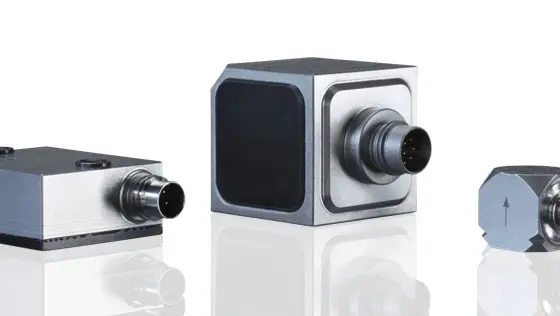Mechanical noise and vibrations are investigated with the aim of improving passenger comfort, reliability, durability and silencing. Structural behavior and the many sources of noise and vibration are characterized in order to understand and optimize performance. Engineers rely on pressure sensors, waterproof accelerometers and acoustic emission sensors from Kistler –including IEPE, miniature and low-noise variants – for an efficient noise and vibration reduction at sea.
Depending on the ship’s propulsion, noise and vibration mainly originate from motors or turbines and are affected by operational factors such as loading, weather and sea conditions, or maneuvers. Low-noise uniaxial and triaxial accelerometers are used to investigate these phenomena, and waterproof capabilities may also be required to support submersible installations.



![Solutions for hydrodynamic testing [object Object]](https://kistler.cdn.celum.cloud/SAPCommerce_Document_Preview/961-258e.webp)